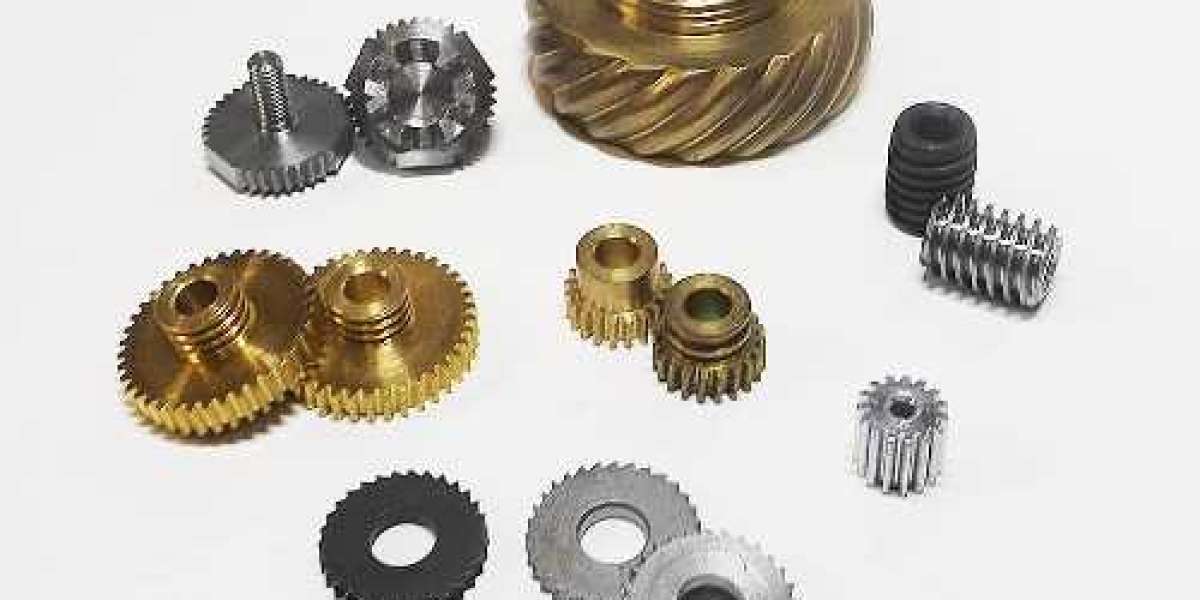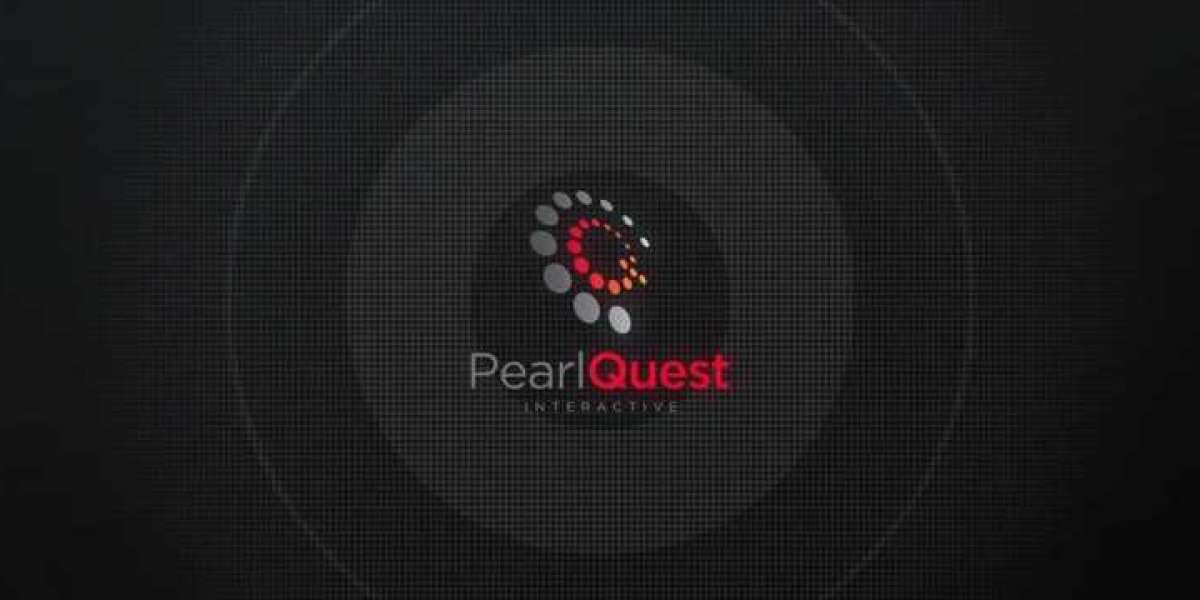In the realm of modern manufacturing, precision, efficiency, and versatility are paramount. These qualities have found a champion in Computer Numerical Control (CNC) machining, a technology that has revolutionized the production of intricate parts and components across a myriad of industries. From aerospace to automotive, from medical devices to consumer electronics, CNC machining has become the backbone of the manufacturing process, enabling the creation of high-quality, reliable, and complex products with unparalleled accuracy.
CNC machining refers to the process of using computer-controlled machines to shape and create parts from various materials, such as metals, plastics, and even advanced composites. The heart of this technology lies in its ability to execute highly precise instructions through a pre-programmed computer software. This digital guidance allows for intricate designs and specifications to be realized with a level of accuracy that was previously unattainable through traditional manual methods.
One of the most significant advantages of CNC machining is its ability to produce consistent results. Whether manufacturing a single prototype or a large batch of parts, CNC machines can replicate the same design specifications repeatedly, ensuring uniformity and eliminating the variability that can arise from human error. This consistency is invaluable, particularly in industries where precision is non-negotiable, such as in medical implants or aerospace components.
The versatility of CNC machining is another factor that has elevated it to its current status. The same machine can be reprogrammed to create vastly different parts, making it a cost-effective solution for companies needing a diverse range of components. This flexibility allows manufacturers to quickly adapt to changing market demands and design iterations, reducing time-to-market and giving them a competitive edge.
Furthermore, CNC machining enables the production of highly complex geometries that would be nearly impossible or prohibitively expensive to achieve using traditional methods. Intricate designs, such as contoured surfaces, intricate filigree, and intricate internal structures, can be brought to life with precision and efficiency. This capability has broadened the horizons of design and engineering, empowering innovation across industries.
While the benefits of CNC machining are abundant, it's essential to acknowledge the role of skilled operators and engineers in maximizing its potential. Programming a CNC machine requires expertise in both the specific machine's capabilities and the principles of machining. Collaborations between engineers, designers, and machine operators are essential to optimize designs for manufacturability and to fine-tune the machining process for efficiency and quality.
In conclusion, cnc machined products have become the cornerstone of modern manufacturing, driving innovation, precision, and versatility across industries. From aerospace advancements to cutting-edge medical devices, the impact of CNC machining is felt far and wide. As technology continues to evolve, we can only anticipate that CNC machining will remain at the forefront of manufacturing, enabling the creation of products that were once considered beyond the reach of possibility.








